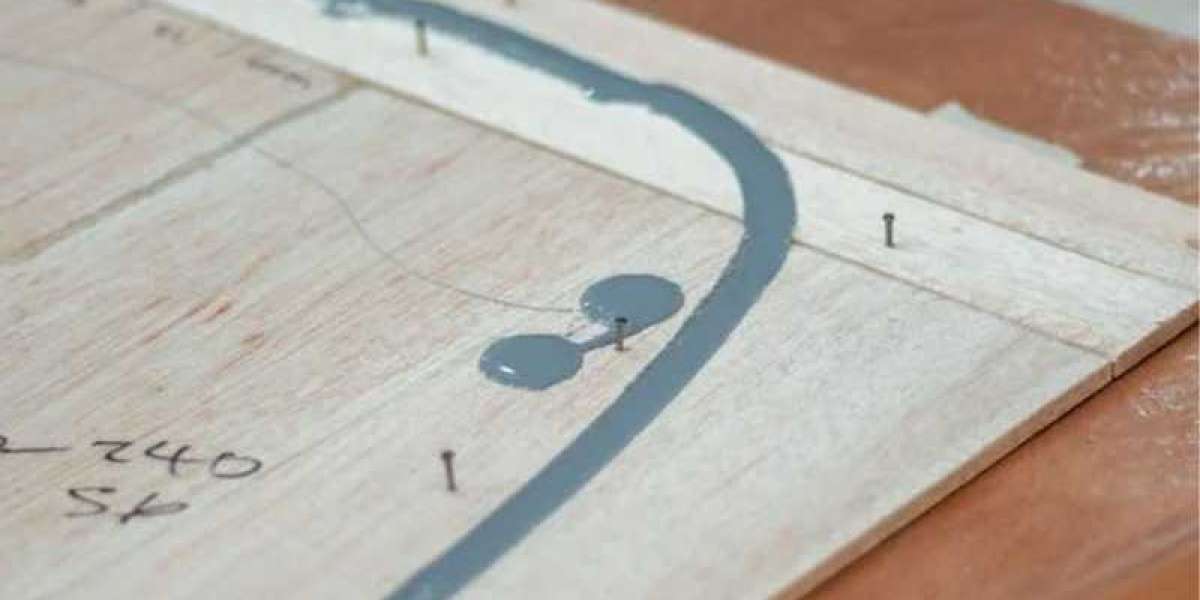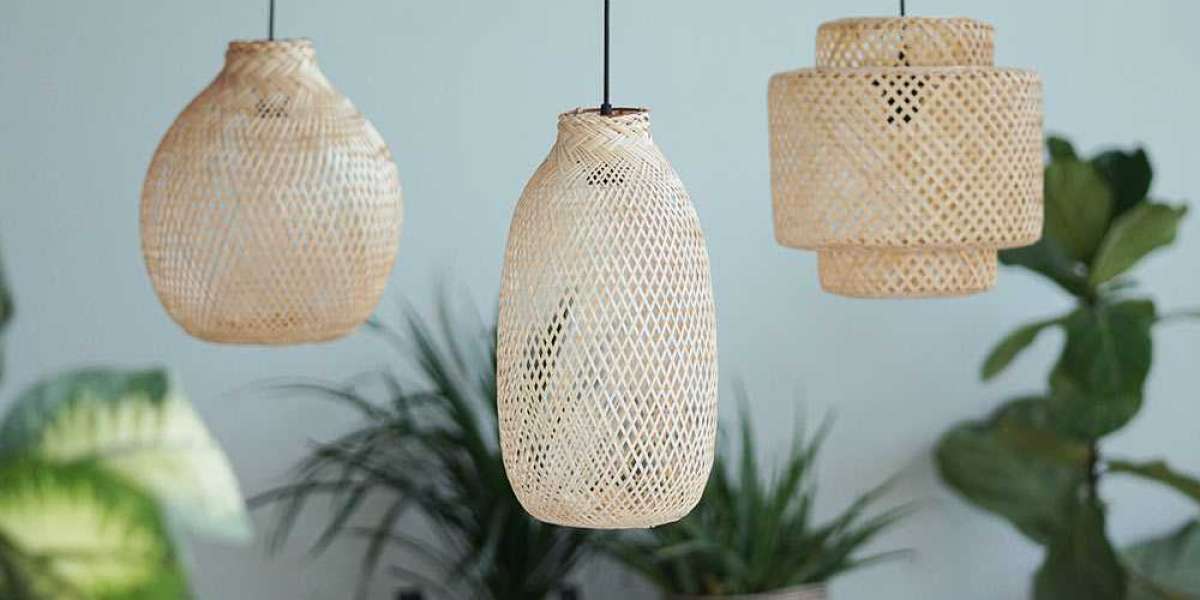What is Plywood?
Plywood is a type of engineered wood product composed of thin layers of wood veneer, known as plies, that are glued together. The grain direction of each ply is typically oriented perpendicular to the previous one, creating a cross-laminated structure that enhances the material's strength and stability.
The Plywood Manufacturing Process
The production of plywood involves several crucial steps, ensuring the final product meets the highest standards of quality and performance. Let's explore the step-by-step process in detail:
1. Log Procurement and Storage
The first step in the plywood manufacturing process is the procurement of high-quality logs from sustainable sources. Plywood manufacturers, such as the one in Yamunanagar, carefully select the appropriate species of wood, taking into account factors like grain patterns, density, and durability.
The logs are then transported to the manufacturing facility and stored in a controlled environment to maintain their moisture content and prevent any deterioration.
2. Debarking and Conditioning
Before the veneer-making process can begin, the logs undergo debarking, a process that removes the outer bark from the wood. This step helps to ensure a smooth and consistent surface for the subsequent steps.
After debarking, the logs are conditioned, often by soaking them in water or steam, to soften the wood and make it more pliable for the veneer-cutting process.
3. Veneer Cutting
The conditioned logs are then fed into a veneer lathe, a specialized machine that rotates the log against a sharp blade, peeling off thin, continuous sheets of wood veneer. The thickness of the veneer can be adjusted to meet the specific requirements of the final plywood product.
4. Drying the Veneer
The freshly cut veneer sheets are then transferred to a drying chamber, where they are subjected to carefully controlled temperature and humidity conditions. This drying process reduces the moisture content of the veneer, ensuring that the final plywood product is stable and resistant to warping or shrinkage.
5. Grading and Sorting
Once the veneer sheets have been dried, they undergo a rigorous grading and sorting process. Skilled technicians inspect each sheet for defects, such as knots, splits, or discoloration, and sort them according to their quality and intended use.
6. Assembly and Gluing
The graded veneer sheets are then layered in a specific pattern, with the grain of each ply running perpendicular to the previous one. This cross-laminated structure is a crucial aspect of plywood manufacturing, as it enhances the overall strength and stability of the final product.
The layers of veneer are then coated with a specialized adhesive, typically a resin-based glue, which binds the plies together to form the plywood panel.
7. Hot Pressing
After the glue has been applied, the layered veneer is placed into a hot press, where it is subjected to high temperature and pressure. This process cures the adhesive, creating a strong and durable bond between the plies.
The duration and temperature of the hot pressing stage can vary depending on the specific plywood product being manufactured and the desired properties.
8. Trimming and Sanding
Once the plywood panel has been pressed, it is then trimmed to the desired size and shape. Any rough edges or uneven surfaces are then sanded down to create a smooth and consistent finish.
9. Inspection and Packaging
Before the final product is packaged and shipped, it undergoes a thorough inspection process to ensure it meets the required quality standards. Any defective or non-conforming panels are identified and set aside for further processing or disposal.
The approved plywood panels are then carefully packaged, often using protective wrapping or crating, to prevent any damage during transportation and delivery.
The Role of Plywood Manufacturers in Yamunanagar
Yamunanagar, a city in the northern Indian state of Haryana, has emerged as a significant hub for the plywood industry. The region's abundant natural resources, skilled workforce, and strategic location have made it an attractive destination for plywood manufacturers.
One such prominent plywood manufacturer in Yamunanagar is ABC Plywood, a company that has been at the forefront of the industry for decades. ABC Plywood's state-of-the-art manufacturing facility employs the latest technologies and processes to ensure the consistent production of high-quality plywood products.
The company's commitment to quality and sustainability is evident in its use of environmentally-friendly production methods and its focus on sourcing timber from responsibly managed forests. ABC Plywood's plywood products are widely used in a variety of applications, from furniture and cabinetry to construction and home improvement projects.
By leveraging the expertise and resources available in Yamunanagar, ABC Plywood and other local manufacturers have been able to contribute to the growing demand for plywood in the domestic and global markets.
Benefits of Plywood
Plywood is a versatile material that offers a wide range of benefits, making it a popular choice in various industries and applications. Some of the key advantages of plywood include:
- Strength and Durability: The cross-laminated structure of plywood provides exceptional strength and resistance to warping, cracking, and splitting, making it a durable choice for construction and furniture-making.
- Dimensional Stability: Plywood's layered design helps to minimize the effects of expansion and contraction due to changes in moisture or temperature, ensuring a more stable and consistent final product.
- Aesthetic Appeal: Plywood can be finished with a variety of veneers, stains, and coatings, allowing for a wide range of aesthetic possibilities to suit different design preferences.
- Cost-Effectiveness: Compared to solid wood, plywood is generally a more cost-effective option, making it a popular choice for budget-conscious projects.
- Sustainability: Many plywood manufacturers, like the one in Yamunanagar, are committed to sourcing their raw materials from sustainable forestry practices, promoting environmental responsibility.
Conclusion
Plywood is a remarkable engineered wood product that has numerous applications in the modern world. The step-by-step manufacturing process, as outlined in this guide, showcases the meticulous attention to detail and the advanced technologies employed by plywood manufacturers, such as those in Yamunanagar.
By understanding the intricate process of plywood production, consumers, designers, and construction professionals can better appreciate the value and versatility of this essential material. As the demand for plywood continues to grow, the role of manufacturers like ABC Plywood in Yamunanagar will remain crucial in meeting the evolving needs of the market.
What is the primary purpose of the cross-laminated structure in plywood?
The cross-laminated structure, where the grain direction of each ply is oriented perpendicular to the previous one, is a crucial aspect of plywood manufacturing. This design enhances the overall strength and stability of the final product, making it more resistant to warping, cracking, and splitting.
How do plywood manufacturers ensure the quality and consistency of their products?
Plywood manufacturers, like the one in Yamunanagar, have rigorous quality control measures in place. These include careful log selection, precise veneer cutting and drying, thorough grading and sorting, and meticulous inspection of the final panels. By maintaining these high standards, they can deliver consistently high-quality plywood products to their customers.
What are the environmental considerations in the plywood manufacturing process?
Sustainability is a growing concern in the plywood industry. Responsible manufacturers, such as ABC Plywood in Yamunanagar, source their timber from sustainably managed forests and implement eco-friendly production methods to minimize their environmental impact. This includes measures like waste reduction, energy efficiency, and the use of water-based adhesives.
How does the location of Yamunanagar benefit the plywood industry?
Yamunanagar's strategic location, abundant natural resources, and skilled workforce have made it a hub for the plywood industry in India. Manufacturers in the region can take advantage of the available raw materials, transportation infrastructure, and a reliable supply of labor, which helps to streamline the production and distribution of their plywood products.
What are the most common applications of plywood?
Plywood is a versatile material with a wide range of applications. Some of the most common uses of plywood include construction (e.g., flooring, walls, roofing), furniture and cabinetry, packaging, and even automotive and marine industries. The durability, stability, and aesthetic appeal of plywood make it a popular choice across various sectors.








